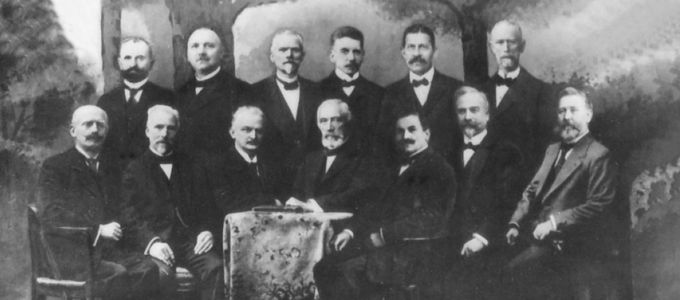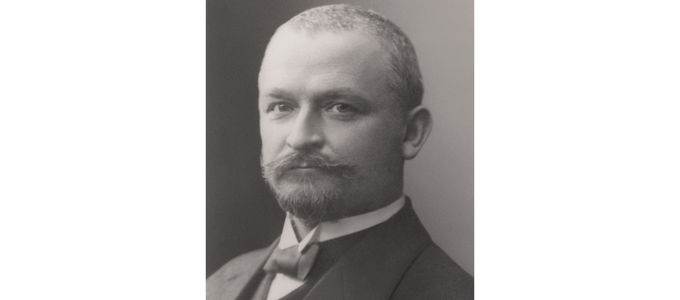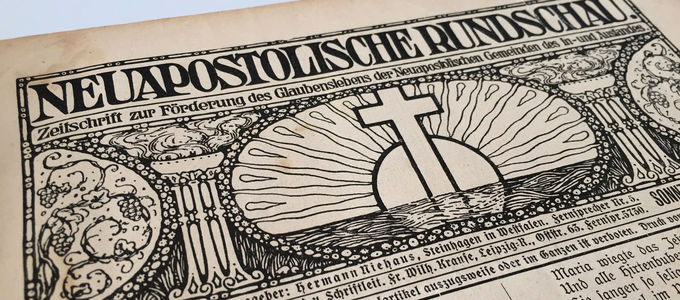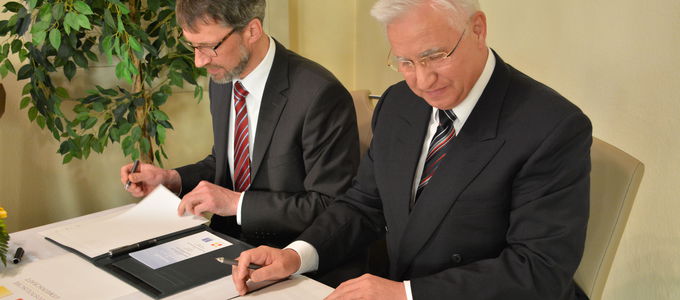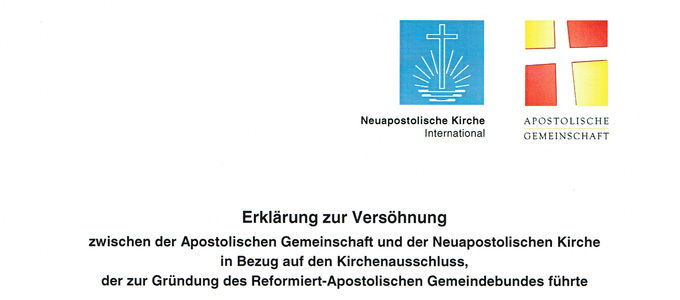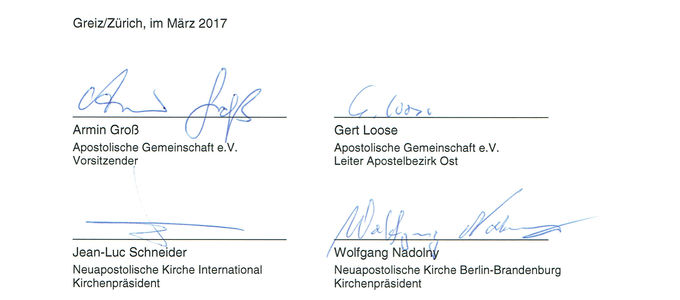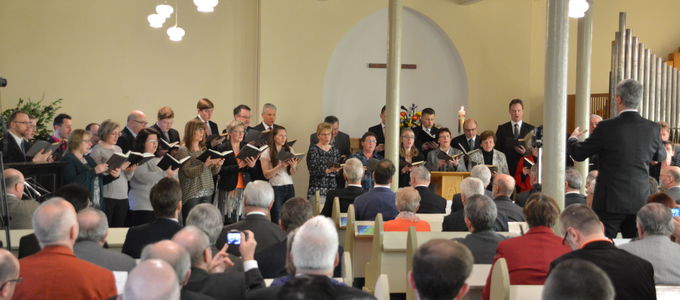A new relationship
Together they were strong. But conflicts and a resulting dispute led to a split: Chief Apostle Hermann Niehaus and Apostle Carl August Brückner, who died 75 years ago today.
In fact, the beginnings were very promising. Chief Apostle Niehaus and Apostle Brückner—who was head of the Apostle district of Dresden in Germany at the time—were two outright leaders who, at the beginning of the twentieth century, worked in unison and moved the Church forward.
The Dresden Statutes of 1906 made the term “New Apostolic” official. A German-language magazine, Neuapostolische Rundschau, was launched in 1909 in Leipzig. In the years that followed, the Apostles’ Council entrusted Apostle Brückner, the right hand of the Chief Apostle, with a number of important tasks: from organising the funds to making plans for a Catechism.
A harsh break
On 17 April 1921, however, things suddenly began to sound very different: “I am very sad to have to announce the following,” Chief Apostle Niehaus wrote. “Mr Carl August Brückner has been dismissed from the Apostle ministry and has been expelled from the New Apostolic congregation.” What had happened?
The two men had grown apart. Apostle Brückner continued to have new ideas in how to develop the Church and bring it forward. But in the troubled times following World War One, the Chief Apostle was primarily concerned with one thing: peace and stability.
This alone would likely not have been enough to drive the two apart. But on both sides there were influential companions—leading editors on the one and a counter-movement in the circle of the Apostles on the other—who accelerated the widening of the gap to the point of a dispute. And in the end, the two men clashed.
About ninety ministers and six thousand members left the New Apostolic Church together with Apostle Brückner. They founded the Reformiert-Apostolische Gemeindebund (Reformed Apostolic Association), which merged with the United Apostolic Church in 1994.
Reconciliation after 96 years
What followed was a long time of silence, disappointment, and bitterness. Contact was never completely severed. Especially over recent years, the two denominations have been in contact more often. Ultimately, the longstanding official talks between the Apostles of the New Apostolic Church and the United Apostolic Church (VAG) led to the breakthrough: the idea of reconciliation gained the upper hand and became the leitmotiv of the joint discussions.
In 1921 they separated, in 2017 they reconciled: a reconciled co-existence was at the core of the prayer service attended by both the Apostolic Community and the New Apostolic Church.
There were nearly 150 guests, who were each presented with a copy of the already signed Statement of Reconciliation: “Together we welcome the fact that with this statement a further chapter in our joint history has been closed peacefully.”
Article info
Author:
Date:
Andreas Rother,
Peter Johanning
08.04.2024


